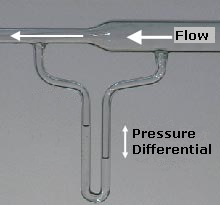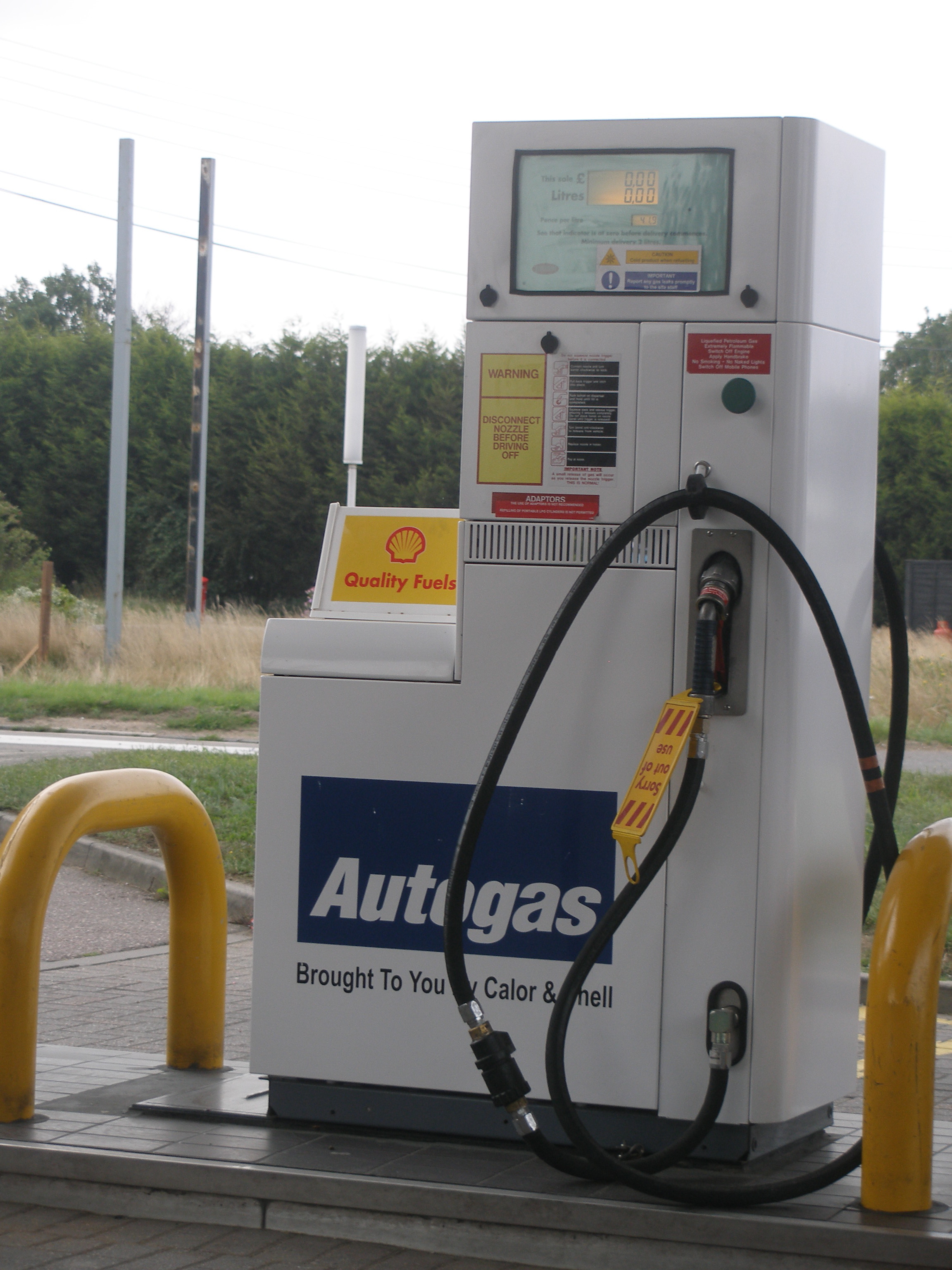|
Carburetor
A carburetor (also spelled carburettor or carburetter) is a device used by a gasoline internal combustion engine to control and mix air and fuel entering the engine. The primary method of adding fuel to the intake air is through the Venturi effect or Bernoulli's principle or with a Pitot tube in the main metering circuit, though various other components are also used to provide extra fuel or air in specific circumstances. Since the 1990s, carburetors have been largely replaced by fuel injection for cars and trucks, but carburetors are still used by some small engines (e.g. lawnmowers, generators, and concrete mixers) and motorcycles. In addition, they are still widely used on piston-engine–driven aircraft. Diesel engines have always used fuel injection instead of carburetors, as the compression-based combustion of diesel requires the greater precision and pressure of fuel injection. Etymology The term ''carburetor'' is derived from the verb ''carburet'', which means "to ... [...More Info...] [...Related Items...] OR: [Wikipedia] [Google] [Baidu] |
Inlet Manifold
An inlet manifold or intake manifold (in American English) is the part of an internal combustion engine that supplies the fuel/ air mixture to the cylinders. The word ''manifold'' comes from the Old English word ''manigfeald'' (from the Anglo-Saxon ''manig'' anyand ''feald'' epeatedly and refers to the multiplying of one (pipe) into many.manifold, (adv.) "in the proportion of many to one, by many times". AD1526 ''Oxford English Dictionary'', In contrast, an exhaust manifold collects the exhaust gases from multiple cylinders into a smaller number of pipes – often down to one pipe. The primary function of the intake manifold is to ''evenly'' distribute the combustion mixture (or just air in a direct injection engine) to each intake port in the cylinder head(s). Even distribution is important to optimize the efficiency and performance of the engine. It may also serve as a mount for the carburetor, throttle body, fuel injectors and other components of the engine. Du ... [...More Info...] [...Related Items...] OR: [Wikipedia] [Google] [Baidu] |
Throttle
A throttle is a mechanism by which fluid flow is managed by construction or obstruction. An engine's power can be increased or decreased by the restriction of inlet gases (by the use of a throttle), but usually decreased. The term ''throttle'' has come to refer, informally, to any mechanism by which the power or speed of an engine is regulated, such as a car's accelerator pedal. What is often termed a ''throttle'' (in an aviation context) is also called a thrust lever, particularly for jet engine powered aircraft. For a steam locomotive, the valve which controls the steam is known as the regulator. Internal combustion engines In an internal combustion engine, the throttle is a means of controlling an engine's power by regulating the amount of fuel or air entering the engine. In a motor vehicle the control used by the driver to regulate power is sometimes called the throttle, accelerator, or gas pedal. For a gasoline engine, the throttle most commonly regulates the amount of ... [...More Info...] [...Related Items...] OR: [Wikipedia] [Google] [Baidu] |
Bernoulli's Principle
Bernoulli's principle is a key concept in fluid dynamics that relates pressure, speed and height. For example, for a fluid flowing horizontally Bernoulli's principle states that an increase in the speed occurs simultaneously with a decrease in static pressure, pressure The principle is named after the Swiss mathematician and physicist Daniel Bernoulli, who published it in his book ''Hydrodynamica'' in 1738. Although Bernoulli deduced that pressure decreases when the flow speed increases, it was Leonhard Euler in 1752 who derived Bernoulli's equation in its usual form. Bernoulli's principle can be derived from the principle of conservation of energy. This states that, in a steady flow, the sum of all forms of energy in a fluid is the same at all points that are free of viscous forces. This requires that the sum of kinetic energy, potential energy and internal energy remains constant. Thus an increase in the speed of the fluid—implying an increase in its kinetic energy—occur ... [...More Info...] [...Related Items...] OR: [Wikipedia] [Google] [Baidu] |
Small Engine
A small engine is the general term for a wide range of small-displacement, low-powered internal combustion engines used to power lawn mowers, generators, concrete mixers and many other machines that require independent power sources. These engines often have simple designs, for example an air-cooled single-cylinder petrol engine with a pull-cord starter, capacitor discharge ignition and a gravity-fed carburetor. Engines of similar design and displacement are also used in smaller vehicles such as motorcycles, motor scooters, all-terrain vehicles, and go-karts. Characteristics The engines are small in both physical dimensions and power output, relative to larger automobile engines. Power outputs are typically less than . The smallest of all are used in handheld garden machinery, such as string trimmers and chainsaws, which have a displacement as small as . Production cost is often a key consideration for small engines, resulting in relatively simple designs (compared with auto ... [...More Info...] [...Related Items...] OR: [Wikipedia] [Google] [Baidu] |
Bernoulli Principle
Bernoulli's principle is a key concept in fluid dynamics that relates pressure, speed and height. For example, for a fluid flowing horizontally Bernoulli's principle states that an increase in the speed occurs simultaneously with a decrease in pressure The principle is named after the Swiss mathematician and physicist Daniel Bernoulli, who published it in his book ''Hydrodynamica'' in 1738. Although Bernoulli deduced that pressure decreases when the flow speed increases, it was Leonhard Euler in 1752 who derived Bernoulli's equation in its usual form. Bernoulli's principle can be derived from the principle of conservation of energy. This states that, in a steady flow, the sum of all forms of energy in a fluid is the same at all points that are free of viscous forces. This requires that the sum of kinetic energy, potential energy and internal energy remains constant. Thus an increase in the speed of the fluid—implying an increase in its kinetic energy—occurs with a simultan ... [...More Info...] [...Related Items...] OR: [Wikipedia] [Google] [Baidu] |
Petrol
Gasoline (North American English) or petrol ( Commonwealth English) is a petrochemical product characterized as a transparent, yellowish, and flammable liquid normally used as a fuel for spark-ignited internal combustion engines. When formulated as a fuel for engines, gasoline is chemically composed of organic compounds derived from the fractional distillation of petroleum and later chemically enhanced with gasoline additives. It is a high-volume profitable product produced in crude oil refineries. The ability of a particular gasoline blend to resist premature ignition (which causes knocking and reduces efficiency in reciprocating engines) is measured by its octane rating. Tetraethyl lead was once widely used to increase the octane rating but is not used in modern automotive gasoline due to the health hazard. Aviation, off-road motor vehicles, and racing car engines still use leaded gasolines. Other substances are frequently added to gasoline to improve chemical stabilit ... [...More Info...] [...Related Items...] OR: [Wikipedia] [Google] [Baidu] |
Internal Combustion Engine
An internal combustion engine (ICE or IC engine) is a heat engine in which the combustion of a fuel occurs with an oxidizer (usually air) in a combustion chamber that is an integral part of the working fluid flow circuit. In an internal combustion engine, the expansion of the high-temperature and high-pressure gases produced by combustion applies direct force to some component of the engine. The force is typically applied to pistons (reciprocating engine, piston engine), turbine blades (gas turbine), a Wankel engine, rotor (Wankel engine), or a propulsive nozzle, nozzle (jet engine). This force moves the component over a distance. This process transforms chemical energy into kinetic energy which is used to propel, move or power whatever the engine is attached to. The first commercially successful internal combustion engines were invented in the mid-19th century. The first modern internal combustion engine, the Otto engine, was designed in 1876 by the German engineer Nicolaus ... [...More Info...] [...Related Items...] OR: [Wikipedia] [Google] [Baidu] |
Zenith Carburettor Company (British)
The Zenith Carburetter Company Limited was a British company making carburettors in Stanmore Middlesex, founded in 1912 as a subsidiary of the French . In 1965, the company joined with its major pre-war rival Solex Carburettors, and over time, the Zenith brand name fell into disuse. The rights to the Zenith designs were owned by Solex UK (a daughter company of Solex in France). While better known for its much later products, Zenith produced carburettors that were standard equipment on some very early, brass era automobiles, including the Scripps-Booth. Products Zenith's best-known products were the Zenith-Stromberg carburettors used from 1965–1967 Humber Super Snipe Series Va/Vb, Humber Imperial, 1967–1975 Jaguar E-types, Saab 99s, 90s and early 900s, 1969–1972 Volvo 140s and 164s, 1966–1979 Hillman Minx, Hunter (Arrow), 1966–1970 Singer Gazelle/ Vogue (Arrow), 1967–1975 Sunbeam Alpine/ Rapier Fastback (Arrow), 1970–1981 Hillman/Chrysler/Talbot/ ... [...More Info...] [...Related Items...] OR: [Wikipedia] [Google] [Baidu] |
Air Cleaner
A particulate air filter is a device composed of fibrous, or porous materials which removes particulates such as smoke, dust, pollen, mold, viruses and bacteria from the air. Filters containing an adsorbent or catalyst such as charcoal (carbon) may also remove odors and gaseous pollutants such as volatile organic compounds or ozone. Air filters are used in applications where air quality is important, notably in building ventilation systems and in engines. Some buildings, as well as aircraft and other human-made environments (e.g., satellites, and Space Shuttles) use foam, pleated paper, or spun fiberglass filter elements. Another method, air ionizers, use fibers or elements with a static electric charge, which attract dust particles. The air intakes of internal combustion engines and air compressors tend to use either paper, foam, or cotton filters. Oil bath filters have fallen out of favour aside from niche uses. The technology of air intake filters of gas turbines has impro ... [...More Info...] [...Related Items...] OR: [Wikipedia] [Google] [Baidu] |
Diesel Engine
The diesel engine, named after the German engineer Rudolf Diesel, is an internal combustion engine in which Combustion, ignition of diesel fuel is caused by the elevated temperature of the air in the cylinder due to Mechanics, mechanical Compression (physics), compression; thus, the diesel engine is called a compression-ignition engine (CI engine). This contrasts with engines using spark plug-ignition of the air-fuel mixture, such as a petrol engine (gasoline engine) or a gas engine (using a gaseous fuel like natural gas or liquefied petroleum gas). Introduction Diesel engines work by compressing only air, or air combined with residual combustion gases from the exhaust (known as exhaust gas recirculation, "EGR"). Air is inducted into the chamber during the intake stroke, and compressed during the compression stroke. This increases air temperature inside the Cylinder (engine), cylinder so that atomised diesel fuel injected into the combustion chamber ignites. The torque a dies ... [...More Info...] [...Related Items...] OR: [Wikipedia] [Google] [Baidu] |
Autogas
Autogas is liquefied petroleum gas (LPG) used as a fuel in internal combustion engines of vehicles as well as in stationary applications such as generators. It is a mixture of propane and butane. Autogas is widely used as a "green" fuel, as its use reduces exhaust emissions by around 15% compared to petrol. One litre of petrol produces 2.3 kg of when burnt, whereas the equivalent amount of autogas (1.33 litres due to the lower density of autogas) produces only 2 kg of when burnt. CO emissions are 30% lower compared to petrol, and is reduced by 50%. It has an octane rating (MON/RON) that is between 90 and 110 and an energy content ( higher heating value—HHV) that is between 25.5 megajoules per litre (for pure propane) and 28.7 megajoules per litre (for pure butane) depending upon the actual fuel composition. Autogas is the fourth most popular automotive fuel in the world, with approximately 27.8 million of 1.47 billion passenger cars powered usi ... [...More Info...] [...Related Items...] OR: [Wikipedia] [Google] [Baidu] |









